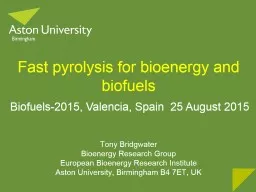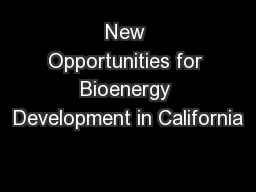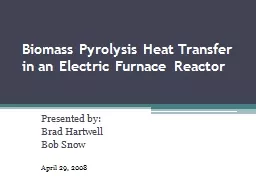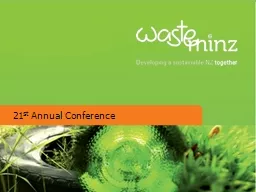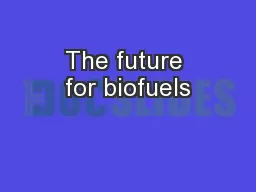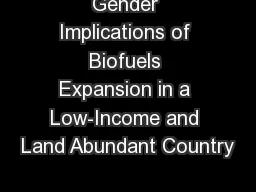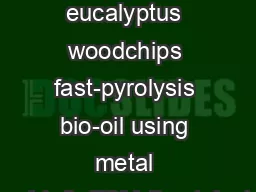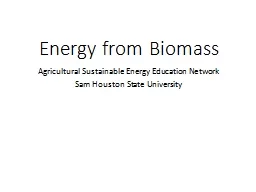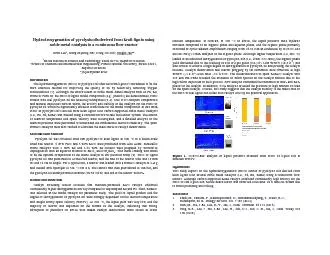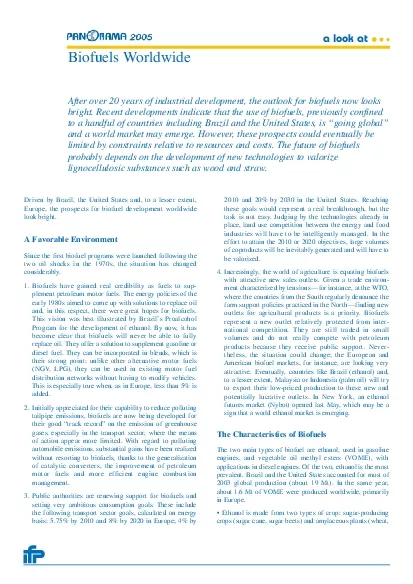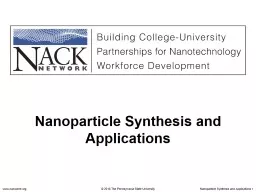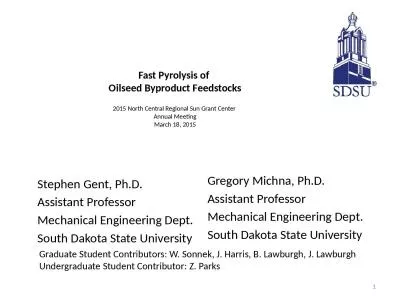PPT-Fast pyrolysis for bioenergy and biofuels
Author : luanne-stotts | Published Date : 2016-08-07
Tony Bridgwater Bioenergy Research Group European Bioenergy Research Institute Aston University Birmingham B4 7ET UK Biofuels2015 Valencia Spain 25 August 2015
Presentation Embed Code
Download Presentation
Download Presentation The PPT/PDF document "Fast pyrolysis for bioenergy and biofuel..." is the property of its rightful owner. Permission is granted to download and print the materials on this website for personal, non-commercial use only, and to display it on your personal computer provided you do not modify the materials and that you retain all copyright notices contained in the materials. By downloading content from our website, you accept the terms of this agreement.
Fast pyrolysis for bioenergy and biofuels: Transcript
Download Rules Of Document
"Fast pyrolysis for bioenergy and biofuels"The content belongs to its owner. You may download and print it for personal use, without modification, and keep all copyright notices. By downloading, you agree to these terms.
Related Documents

